What is an elimination diet?
Many food intolerances go undetected or undiagnosed because of one simple reason: most people never isolate the offending food or foods from their diet. If you eat something everyday that is creating a low level of inflammation, then you will have a chronic inflammatory condition. People can suffer for years with colitis, gastritis, inflammatory bowel disease (IBD), rashes, skin problems, headaches, even asthma and other chronic health complaints not knowing that they may just have a food intolerance.
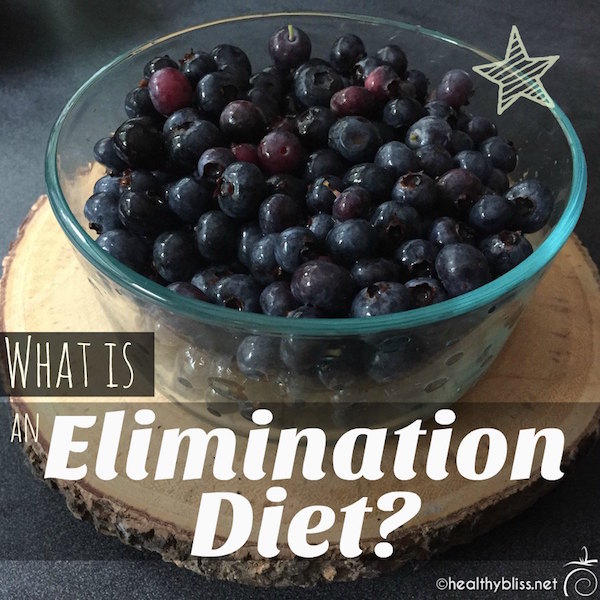
Find our how to start an elimination diet at home
Unfortunately, there are currently no accurate tests available to test for food intolerances, which create a much milder reaction than a typical IgE reaction from a full blown food allergy. So, people with intolerances can remain undiagnosed and can continue to suffer without any direction on how to alter or improve their diet. There is one method that does work, though. It may take some trial and error, but an elimination diet is the best available way to figure out if you have any food intolerances/ unknown hidden source of inflammation in the body.
What is an elimination diet
An elimination diet is just that – a diet of elimination, in other words, taking out certain foods from the diet in a systematic approach. With each stage of elimination, you monitor your conditions – whether it be an itchy rash or other skin outbreak, gas pain or bloating, headaches, insomnia, even irritability and moodiness. The question to ask yourself with each elimination phase is this: Is my symptom better, same or worse? If you do have a food intolerance, you can quickly see a pattern in not too long of a time. For example – every time I eat x food, y food or z food – I find myself scratching under my arms and when I don’t eat those foods, I’m not itchy at all.
The best part of doing an elimination diet is that
- You can find patterns in your reactions relative to what you are eating;
- You feel more confident knowing that you are not crazy and that you are actually reacting TO something and
- Moving forward, you have the power to choose when you want to take a chance with something you eat or if you prefer to eat “safe” clean foods instead.
If you’ve had a chronic inflammatory condition like I had with my horrific eczema that was caused by ONE food additive, then you know how truly awful it is to wake up every morning not knowing if it’s going to be a good day or a bad day and when you have a flare, not knowing how long you will suffer. Your life gets constantly sidelined by your illness and you just pray for a day when you’re not in pain and/or thinking and feeling miserable.
The other best part of doing an elimination diet is that you have to potential to get your life back. If you can control your flares and inflammation, then you can regain a sense of normalcy which is a welcomed relief after being sick. Although it is a lot of work and you have to be strict with each phase in order to get results, an elimination diet is totally worth it in the long run when you have the freedom of good health again.
How to do an Elimination Diet
Trust me when I say it’s much better to work with someone on this, especially if you want to fast track the whole process and get results as quickly as possible. With my health coaching and Iridology clients, I ask a series of questions relating to certain symptoms to understand what types of food may be the problem. Here are just a few:
- Do you have headaches, sensitivity to light and sound or trouble sleeping?
- Do you feel itchy, have rashes, red bumps, flakey scalp, cracked lips or ridges in your fingernails?
- Do you have aches, pain, stiff joints or suffer from hot hands and hot feet?
All of the symptoms are pieces of the puzzle and will help me to immediately start asking very detailed questions about what types of food you eat. The questions I might ask include:
- Do you use flavored salt such as garlic salt?
- Do you use soup stock in your cooking (even organic veggie soup stock)?
- Do you eat seaweeds such as miso soup, nori rolls, kelp or other seaweed snacks?
- What is your normal breakfast every day?
- Do you always eat the same lunch or does it vary? If it varies then what do you eat?
- Do you drink flavored tea such as orange blossom?
- What type of jams or jellies do you buy?
I will have you going to your cupboard and fridge and checking labels and ingredients for me. We’ll go through each ingredient together, one by one and I will explain which one I think is the problem and why.
If there are other foods a certain ingredient may be in, I will ask you – do you also eat any x, y or z? Most people are blown away by the level of detail that we get into so quickly, but that’s what’s needed in ordered to find the offending foods, additives or combination of both. You see, you can have an intolerance to a food ADDITIVE just as much as you can have an intolerance to a food itself. So, we always have to look for both. If you only look for one, you can miss 50% of the problem or more. We have to have 2 perspectives at once – the potential of an ingredient in a food being the problem as well as the potential for a simple food intolerance itself, such as an intolerance to almonds, onions, celery, gluten or wheat. Usually people who have an intolerance of some type will be sensitive to a few foods or additives at the same time.
Additionally, if we do identify a “normal” food like oats as the potential inflammatory food, then we also have to look at the botanical family of foods related to that food since they can have similar proteins and can cause cross-reactivity.
Can you see why I suggest to work with someone who has experience with elimination diets?! Yes it can be complicated and it can feel overwhelming BUT if you can crack the code, then you’re basically home free.
Start with a Reaction Journal
If you’re feeling ambitious and want to start this process on your own, then the best thing to do is to keep a Reaction Journal. Start the journal by writing exactly what your symptoms are and when they seem to occur. For example: loose stool, urgency to go to the toilet mid-morning, some pain with passing of stool, puffy eyes, dry eyes, itchy neck and swollen feet. Whatever problems you have write them down, even if you’re not sure whether they are all related or not. All of this information can help you in the future.
When you have a reaction, note it in your Reaction Journal. Here is an example:
“Wednesday ate cheese panini with avocado and mayo for lunch, side salad of iceberg lettuce and ranch dressing. Stomach bloated up afterwards, had mild pain or soreness in the gut. Very tired all afternoon, foggy brain.”
Add as much detail as you know or can remember. What type/brand of mayo? What type/brand of bread in the panini? Notice how I included the type of salad dressing. All of those details become critically important when we are looking at ingredients. There is a plethora of possibilities in just this one example of what the problem could be and that’s why keeping track of information and reactions is so important. (By the way, I’d put my money on either the cheese, the bread, the mayo or the ranch dressing. The foggy brain is often a sign of sensitivity to canola oil, and that could be in the mayo and the dressing. Pain and bloating can be a reaction to dairy, cheese enzymes or wheat and/or other ingredients in the bread or even hidden glutamates in the dressing.)
Moving forward, if you do want to try the elimination part of the diet, then you take out all of the potential problematic foods and try each of the remaining foods on its own. Eat only avocado by itself – do you feel better, same or worse? Repeat the same process with the iceberg lettuce. Then, add ONE of the suspect foods back in at a time, not adding more than 1 suspect food in a 3-day period. So for 3 days, eat the bread as the only new or suspect food in your diet. Along with the bread, eat only foods that you know are safe. (If you don’t know what else you can eat, then just stay as basic as possible with no oils, salt or spices.) How do you feel? (Obviously don’t continue to eat it if you feel bad.) If you are ok, then add one more food back in again. And so on and so on.
Hopefully you address the entire diet at the same time so you have a list of what foods you are eliminating and you can monitor the whole diet – breakfast, lunch and dinner – all at the same time. This is what I do with my clients, but focusing on one list or one type of food additive (such as preservatives or flavor enhancers, for example) within the entire diet at a time. Continue to keep your Reaction Journal, because it’s possible that you will get the major offenders out quite quickly but it might take some additional time to get out the low level reactors. Everyone’s level of sensitivity and reaction times are different; there is just no one-size-fits-all approach.
Don’t give up!
If you ever feel discouraged, just think about how many months or even years you’ve been sick. If the cause of your suffering was easy, you would have figured it out by now. The first time I did an elimination diet, I had no idea what I was doing and no one to help me and it took me 9 months to figure out what foods were the cause of my rash. Nowadays, when I work with a new client, I usually figure it out for them in 4-6 weeks or less (usually less if they are more attentive in following the elimination guidelines).
Don’t forget – when you do find the offending foods, it’s best to divorce them and say bye-bye forever. No one night stands and no getting back together. You’ll probably experience a real process of grief that takes place when you have to remove foods from your diet (why me/this isn’t fair, denial, anger, bargaining, depression, and eventually….acceptance). I always warn my clients about this, try to prepare them for it and encourage them to get a coaching package so they can work through it and get the emotional and mental support they need over a series of weeks or months. If you go it alone – be prepared and give yourself some space to be human. It’s a big step in your healing journey. Good health awaits!







For more on how to start an additive-free diet diet, how to manage food allergies or what minerals you may specifically be deficient in, book a private health consult with me via Skype.
How to Book Your Health & Nutritional Coaching Session:
1. Take photos of your eyes with a digital camera.
2. Email the photos to me for approval.
3. We schedule a time to meet via phone or Skype!
More on Food Additives:
- What I Learned from taking a traditional Nutrition Course…and What I Didn’t Learn
- Raw Food and Green Smoothie Classes in Seoul, Korea
- Why I don’t add Almond Milk, Soy Milk or Coconut Water to Green Smoothies
- Are you eating Processed Foods? Improve the quality of your food, your health & your life!
- The ‘New’ MSG – Is it even more deadly than MSG itself? Ribonucleotides & The Ribo Rash


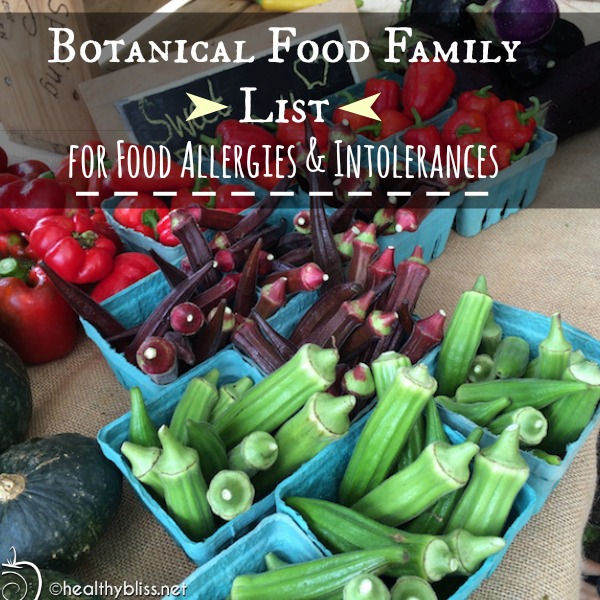







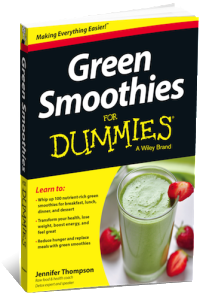
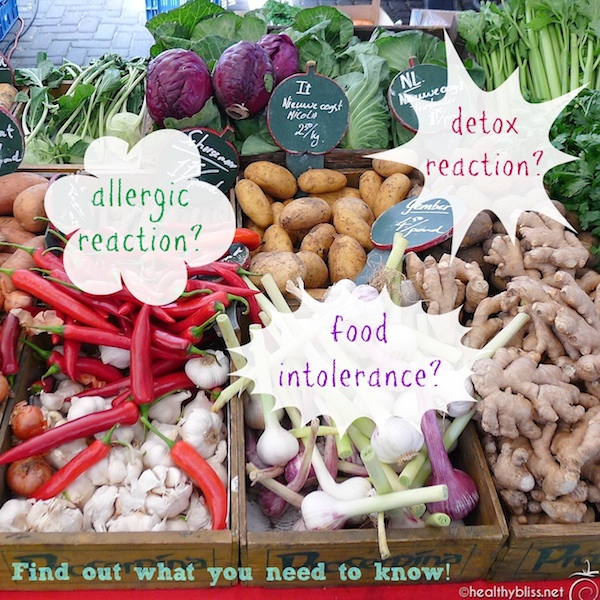








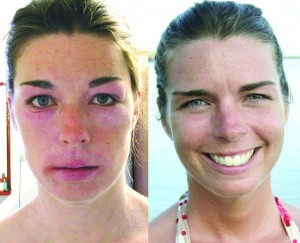
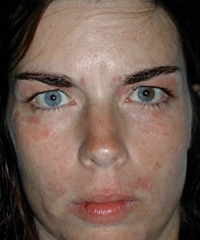

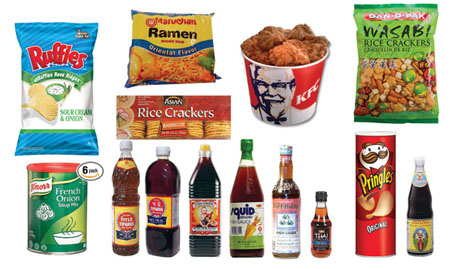
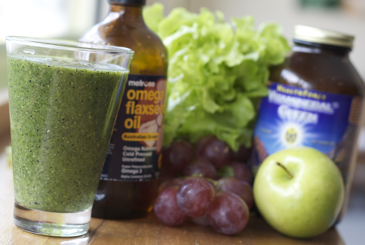


Follow Jennifer